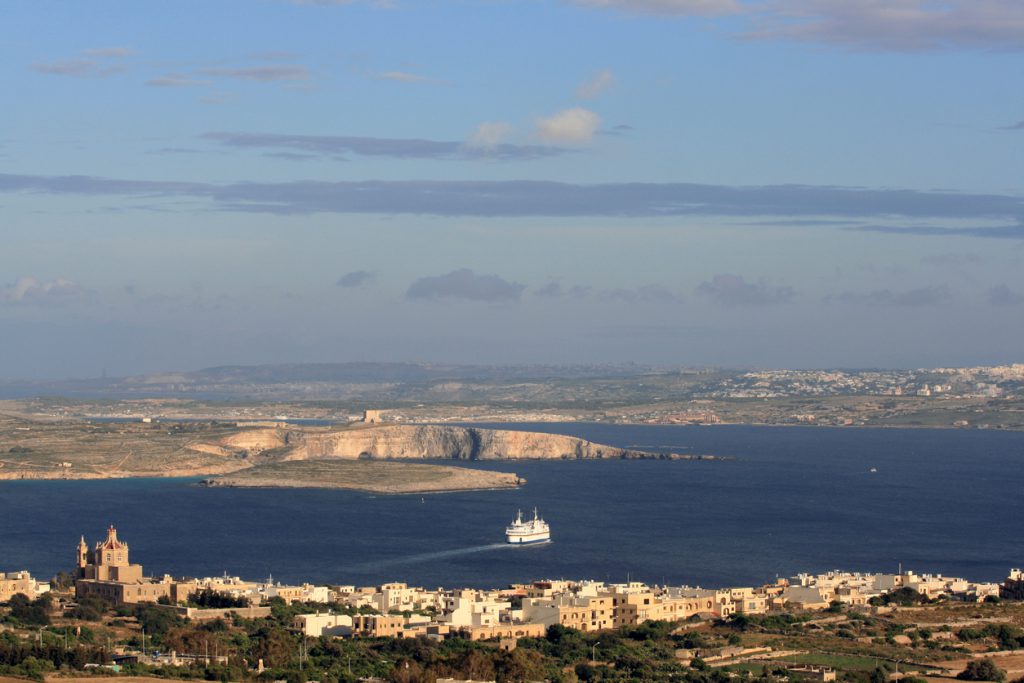2050 targets for sustainable development

Urban development, cultural heritage, health, education, employment, transport, and the digital economy are key areas of a proposed government strategy which aims to foster sustainable development for the next three decades. These lofty targets are outlined in Malta’s Sustainable Development Strategy for 2050 which is currently for public consultation. In a country where plans which are not deliverable within the five-year timeline of a legislature (as they may not translate to general election votes) are usually shot down, such a move should be lauded. On the other hand, planning for years in advance may have its perils as by the time this strategy should come to fruition the architects of this plan will in all probability be out of the scene. Hence, there could be an issue of accountability and ownership.
Nonetheless, if such considerations are put aside and focus exclusively on the core aspects of this strategy there is a key variable which needs to be given weight: population growth. Given that in the last decade Malta’s population has soared by 100,000 a strategy which overlooks such aspect is bound to fail. In this respect the public consultation document acknowledges this issue and outlines the repercussions which a growing population could have in such a densely populated country. It states that population dynamics can affect economic growth, employment, income distribution, poverty, social protection and pensions. Such changes also put pressures on infrastructure, housing, health and education systems, services, and commodities. Furthermore, they also influence environmental conditions as well as the sustainability of our towns and villages. However, the strategy skirts the key question of such debate: What is the projected population for the next three decades and what is government’s policy in this regard? This sentiment emanates from the respective objectives supposedly tackling this issue whereby they simply states that the changing population and its current and future needs should be addressed.
On the other hand, it indicates the influx of foreigners – ranging from wealthy expatriates or just workers including like third country nationals – should be sought further. As a matter of fact, one of the proposed objectives is to reinforce residence programmes and provide more assistance to employers to attract foreign workers to fill skills gaps present in the resident population and address labour shortages. In this respect it would be interesting to learn how attracting more foreigners can be part of a plan to achieve sustainable growth for the future generation.
How can such objective be reached while at the same time seeking to reduce vehicular traffic, pollution, keep housing prices affordable, and safeguard the environment? What are government’s plans for mass public transport system, urban planning, food supply chain and the healthcare system?
Trying to accurately forecast the situation in Malta in 27 years’ time is a presumptuous task, but at the same time for any plan to have a good chance to succeed and not be a wish list, it must not be an exercise to tick boxes. It must be a roadmap based on deliverables across the board.
